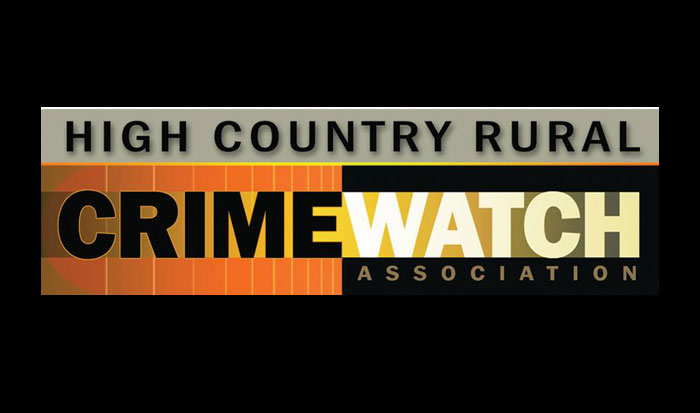Evacuation Order! Now What?
With the hot, dry weather we have been experiencing this summer, and in light of what is transpiring with the BC wildfires, I thought it would be wise to review what you need to do if an Evacuation Order is issued. Evacuation Orders fall under the authority of the Provincial Emergency Management Act and are issued only when absolutely necessary to protect the public from danger. Evacuation Orders can be issued for wildfires, floods, sour gas leaks and other man-made or natural emergencies. Evacuation Orders can be issued at any time during the year.
I thought it might be a little late in the year to talk about wildfires, but a spokesman for the Alberta Emergency Management Agency (AEMA) informs me that September and October are the highest wildfire threat months. Wildfires do not just mean forest fires, but also include prairie fires. In October 2017 there were 11 fires across southern Alberta. While prairie fires are maybe not as dramatic as forest fires, they are still very dangerous and are faster moving. During one particular prairie fire, the local fire chief was driving along the fire front and had to travel at 70-80 kmh to stay abreast.
Evacuation Orders can be issued by a number of agencies including, but not limited to 1) Police 2) Local Municipalities, and 3) Provincial Agencies. Darlene Roblin, Manager of Foothills County Emergency Services, states that there are 2 types of Evacuation Orders: Evacuation Alerts and Evacuation Orders. In Foothills County you will be notified via a Safe Communities Alert Network (SCAN) message that will go to whatever phone numbers, text messaging or emails you have registered with SCAN. If you are not registered with SCAN you should do so on the Foothills County website under SCAN Alerts. You can also update your contact info there. Local media outlets and the Foothills County website will also participate in informing you of Evacuation Alerts and Orders.
Those radio and TV interruptions you hear from time to time (the “DO doo Do doo” ones) are from the Alberta Emergency Alert system. In both of these forms of alerts you will be instructed as to what the emergency is, what you need to do and where you should go.
Evacuation Alerts should be viewed as being a good idea to leave given what is transpiring in your area or what is about to transpire, especially for the more vulnerable. It’s a heads up, certainly if you have livestock, that you now need to start moving or making other arrangements for their safety.
Evacuation Orders mean you must leave and leave NOW. There is legislation in Alberta that lets you be taken by force if necessary. If you refuse to leave you are causing extra stress for and putting First Responders at greater risk. First Responders will have enough to do in an emergency without having to spend valuable time convincing you to leave. Things can HAPPEN FAST (Fort McMurray and Lytton as examples).
There may be a Reception Centre set up where evacuees can move to. If the emergency is a longer, continuous one, you should register your name even if you are not physically at that location. Reception Centres perform a number of functions: 1) lets relatives and friends know where you are 2) unifies people 3) may have day to day emergency supplies that you need and 4) lets Emergency Responders know that they don’t have to visit your place to find you.
As the emergency continues stay tuned to traditional media and social media for updates and monitor the Foothills County website. While you are gone from home, law enforcement will take steps, likely including checkpoints set up around the perimeter of the emergency, to reduce access to the area by unauthorized people. The checkpoints can be manned by Sheriffs, RCMP, and Fish & Wildlife Conservation Officers.
An announcement of when the Evacuation Order ends will be given over the media (radio, TV, social media) and at Evacuation/Reception Centres. Depending upon the emergency, it can take time to ensure it is safe to return: that the water is potable, natural gas lines repaired, electricity restored, roads passable. There was an instance during the High River flood where someone was cooking and left the stove on when the power went out. When the power came back on the house burned to the ground.
In a subsequent article I will address what preparations you can take before an emergency occurs: family plan, checklists, FireSmart, etc. People in the Alberta foothills are a resilient bunch by necessity, and we are more resilient if we take a few steps to be prepared for an Emergency. In the meantime if you want to get started preparing now you can visit the following websites:
mdfoothills.com/emergency-management/emergency-preparedness.html
alberta.ca/emergency-preparedness.aspx
getprepared.gc.ca/index-eng.aspx
Dave Schroeder
HCRCWA Board Member


























